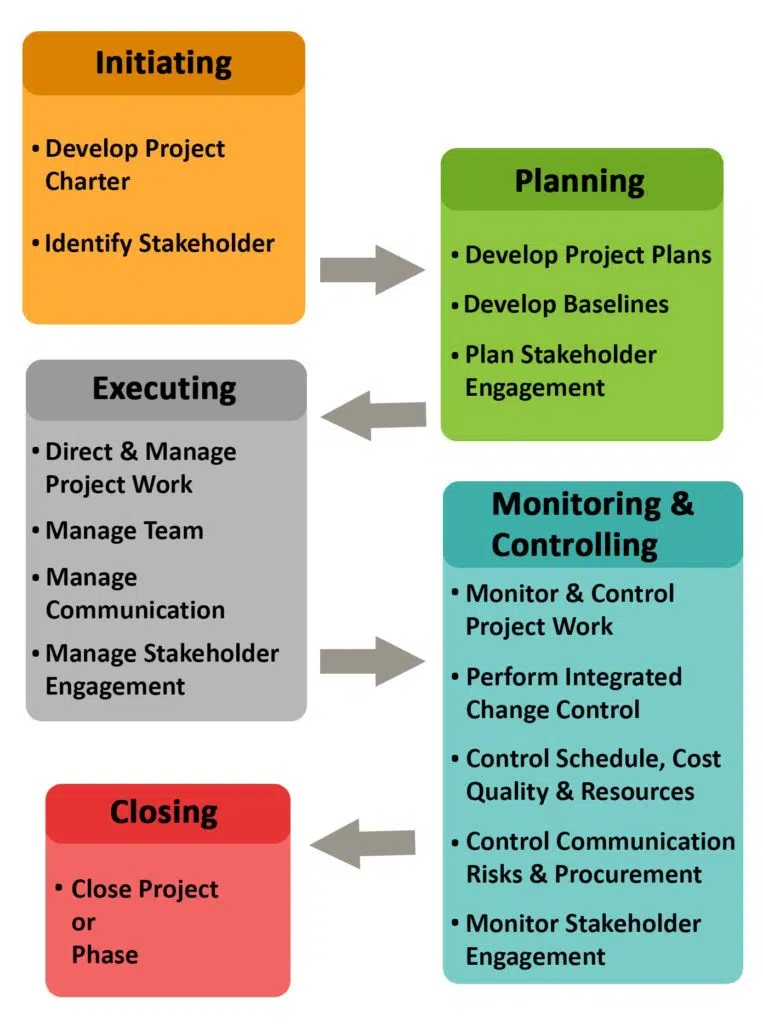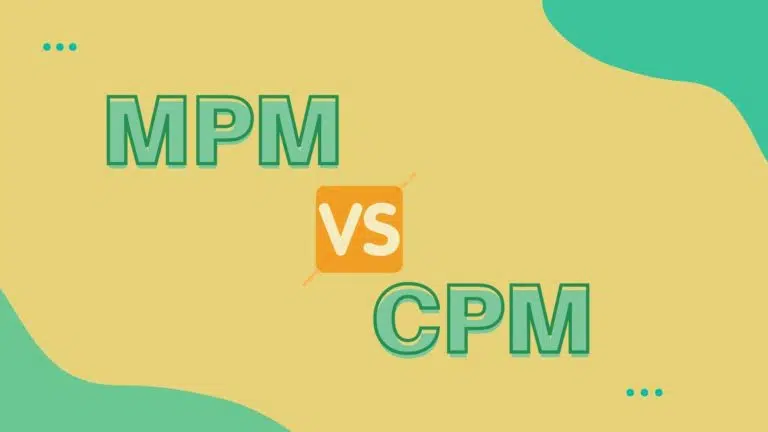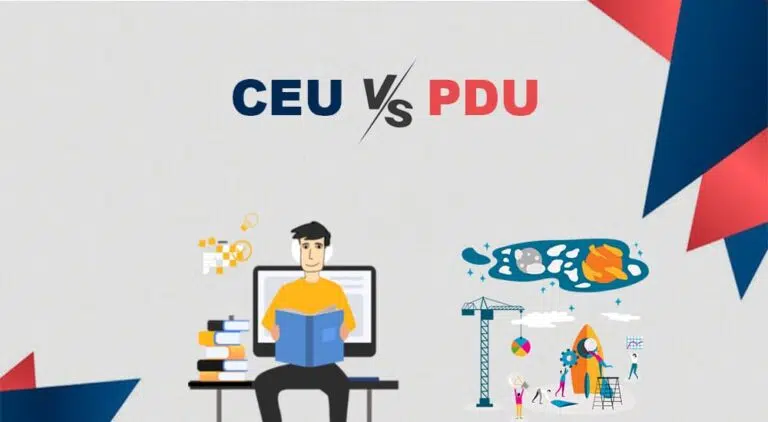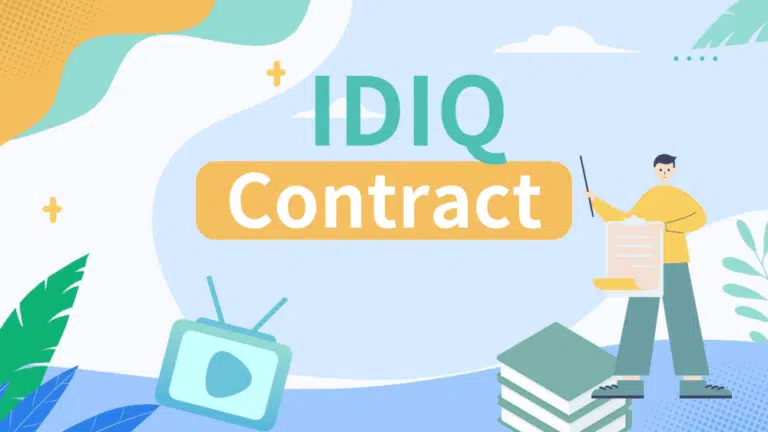Whether you’re building a road, pipeline, or skyscraper, or you’re organizing an event, the journey from conception to completion follows a predictable path known as the “five phases of project management.”
These phases provide a roadmap and guide you through planning, developing, and delivering the project deliverable to the project sponsor. Each phase is different but interconnected and serves as a building block for successfully completing the project.
In today’s blog post, I will explain these five project management phases and their roles in successful project completion.
Five Phases of Project Management
Every project that uses the traditional project management framework passes through the five phases of project management, which assist in completing the project with minimal hassle and high efficiency.
According to the Project Management Institute (PMI), the five phases of project management are:
- Initiation
- Planning
- Execution
- Monitoring and Controlling
- Closure
Regardless of project size and complexity, all traditional projects pass through these phases in a linear sequence as shown in the below image:

These project phases are independent and happen in a sequence. A project can have multiple project management phases.
1. Initiation Phase
In this phase, management initiates the project by signing the project charter and appointing the project manager. The project charter gives the project manager the authority and resources to manage the project.
The project sponsor signs the project charter after completing the feasibility study, cost-benefit analysis, and business case.
After taking charge, the project manager starts the project by identifying project stakeholders.
Example: Consider a project to construct a house. You will first identify stakeholders, i.e., who will live in the house or use it so you can collect and understand the project requirements.
In this phase, you can the following question:
- Who are the stakeholders?
Best Practice for this Phase
- While identifying stakeholders, ensure the involvement of all internal and external stakeholders to collect requirements and engage them throughout the project lifecycle.
Deliverables
- The project charter or Project Initiation Document (PID) contains the scope, objectives, participants, and success-measuring criteria.
- Stakeholders register with a list of project stakeholders.
2. Planning Phase
Here, you will create detailed project plans outlining every step required to complete the project. The plan includes the scope of work and project baselines, subsidiary plans such as communication, risk, quality, procurement, and other project documents.
Example: In the same example of building a house, as part of planning, you will collaborate with your team members to develop the project plans, assign tasks to team members, establish a timeline for moving forward, etc.
In this phase, you will ask the following questions:
- What is the deadline?
- What is the budget?
- What resources do we have to work with?
- What risks are we taking?
- What are the milestones?
- What project-management software should we use?
Best Practices for this Phase
- As per the stats, 50% of projects fail because of poor planning, so spend time developing a robust plan that helps you complete the project with minimal hurdles.
- To reduce change requests, engage stakeholders from the beginning to the end of the project.
- When creating work packages, ensure that each is no longer than 10 days, so they can be executed, tracked, and completed easily.
Deliverables
- Project Baselines
- Statement of Scope
- Communication Plan
- Risk-Management Plan
- Gantt Chart
- Milestone Chart
- Work Breakdown Structure
3. Execution Phase
In this phase, you spend most of your time and budget building the product. At the beginning, you will conduct a kick-off meeting to give your team a project brief. Afterward, you will create workflows and start the work to complete the project.
Example: In the same house construction example, concrete is poured, walls are constructed, and windows are installed. All planning is put into action in this phase.
In this phase, you will ask the following questions:
- Are resources allocated efficiently?
- Are there any unexpected issues?
Best Practices for this Phase
- Conduct a kick-off meeting with your project team to walk through the key elements of the project plan. Clarify doubts and set ground rules for your team.
- Thoroughly review change requests and ensure that the necessary adjustments are made after change requests are approved.
- Consider cloud-based project-management software, so team members can update the status of their tasks in real time.
Deliverables
- Resource Assignment
- Execute Task Assignment
- Kickoff and Status Meeting
- Project Schedule Updates
- Refined Project Plan
4. Monitoring and Controlling Phase
Monitoring and controlling ensure the project is progressing as planned.
Project managers use Key Performance Indicators (KPIs) and metrics to measure and compare project performance.
Some KPIs used to monitor project performance are:
- Cost Performance
- Schedule Performance
- Quality Performance
- Risk Performance
Example: In the house construction example, you will monitor the performance and progress of the work, budget, and timeline and ensure that things are on track.
In this phase, you will ask the following questions:
- What is the project quality?
- Are we over or under budget?
- Are we on schedule?
- Are there any roadblocks?
- Are we still projected to meet the deadline?
Best Practices for this Phase
- Keep monitoring the risk register and watchlist for risks.
- Track project progress and identify bottlenecks before they can impact the schedule and costs.
- Conduct regular meetings to monitor progress and show progress to the stakeholders.
- Monitor the critical path for schedule deviation.
- If you need additional resources and time, then communicate with the relevant stakeholders quickly.
Deliverables
- Status Report
- Progress Report
- Project Performance Reports
5. Closing Phase
This is the last phase, and here you will hand over the final project deliverables to the client.
You will update the lessons learned, close the remaining procurement contracts, archive the document, release the team, and finally close the project.
Most project managers hold an official closing meeting or throw a closing party to congratulate the team on their accomplishments and celebrate their triumphs.
Example: In the house construction example, at this stage, you are done with your construction and ready to move your furniture in.
You can ask the following questions in this phase:
- What went well?
- What did we learn?
- What can be improved next time?
- Are there any steps we can avoid?
Best Practices for this Phase
- Perform post-mortem analysis (i.e., retrospective) to learn from the completed project and improve in the future.
- All project documents must be stored in a common repository for easy auditing and future reference.
Deliverables
- Solution Implemented
- User Acceptance Signoff
- Project Closure Report
- Retrospective Meeting
- Lessons Learned
- Updated Knowledge Artifacts

Conclusion
Every project that follows traditional project management methodologies passes through these five phases of project management. These phases help the team focus, manage resource allocation, and align the entire project lifecycle toward completion.
This topic is important from a PMP exam point of view.

I am Mohammad Fahad Usmani, B.E. PMP, PMI-RMP. I have been blogging on project management topics since 2011. To date, thousands of professionals have passed the PMP exam using my resources.






